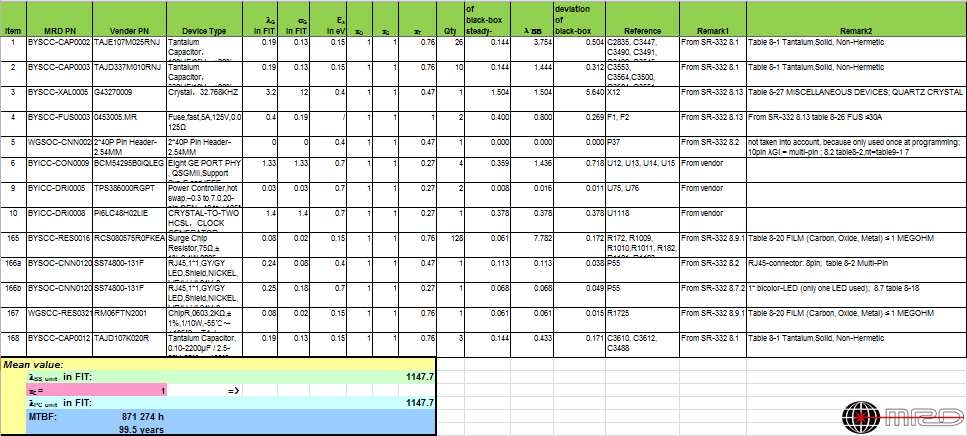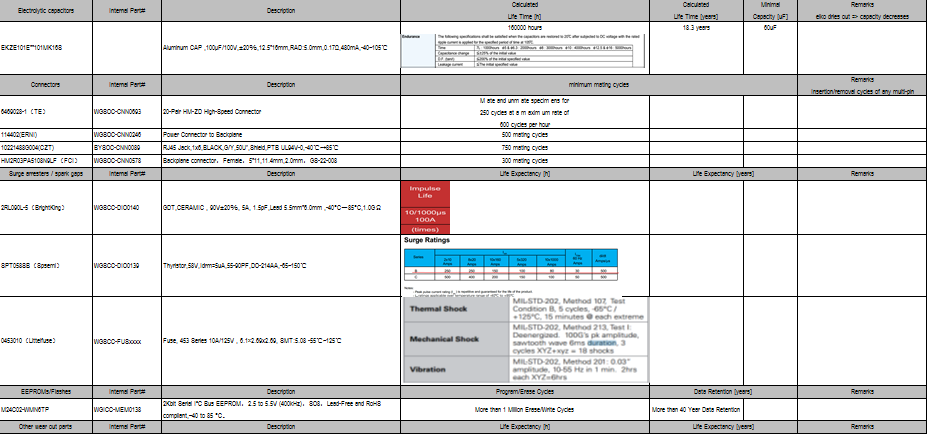Copyright:Shanghai MRDcom Co.,Ltd.
沪ICP备12035199号
Rail Transit-ISDS
Cases-Rail Transit

MRD™子午线®—Analysis of Rail Transit Network
Transmission Backbone Network System (usually in communication specialty), the task of it is to provide a unified network intervention platform for different types of services that users need. Usually, in addition to the signaling system, other systems such as Integrated Supervisory Control System, Automatic Fare Collection and Office Automation all can realize data communication between stations by Transmission System.
Therefore, underground backbone network system usually includes following subsystems:
Closed Circuit Television (CCTV)
Integrated Supervisory Control System (ISCS)
Automatic Fare Collection (AFC)
Public Address (PA)
Office Automation (OA)
MRD™子午线®—Features and Trend of Rail Transit Transmission System
Transmission System
Dedicated transmission system: used by Metro Operation Company, transmit the data ran by all systems on the metro.
Civilian transmission system: used by many telecommunication operators (China Mobile, China Unicom and China Telecom), mainly transmit network voice packet data such as 2G, 3G to provide a transmission channel and ensure the normal use of the public operator network in the underground.

Features:
1. The technology evolution of Rail Transit Communication System Backbone Network Scheme takes security and stability of the system, guarantee of the bandwidth and expandability as the most important factor;
2. The related technology program have gradually evolved from the early SDH optical transmission network, the MSTP multi-service transmission network to PTN packet transmission network and OTN network;
3. The increasing demand for business bandwidth of each subsystem in the communication system causes that the communication system must use 10Gbps transmission system;
4. 80% of the required bandwidth and above are Ethernet service which caused the unreasonable bandwidth use for transmission backbone network;
5. Based on the research on the type of communication bandwidth and the type of bandwidth in the communication system, MRD provide “voice and low-speed data network + broadband data network”;
6. Voice and low-speed data network use SDH/MSTP network with 2.5Gbps bandwidth;
7. Broadband data network use 10 Gigabit three-tier industrial Ethernet switches with 10Gbps bandwidth;
8. MSTP 2.5G+ 10G industrial Ethernet has better cost performance, greater manageability, and more scalability than 10Gbps SDH/MSTP/PTN;
Transmission Backbone Network Topology
Traditional Solution

Current Solution

Ideal Solution

MRD™子午线®—Transmission System
Comparison of Industrial Ethernet and Optical Network

Modular Level-3 Safety Protection Module
Security Risk of Network Structure
Complex network structure, many system interface, lack of effective regional segregation.
ISCS has many subsystem interfaces, but without effective safety protection measure.
Lack of Intrusion detection and security self-check mechanism; can not find the risk of network in time and do the security self-check of the network.
The subsystem lack of the access, deny or reorientation to data flow, and lack of audit and control of network services and access.
Security Risk of System Bug
The operating system of terminal device have lots of system bug and cannot be repaired in time.
Subsystem controller mostly adopt foreign equipments which have many serious bug ,even the backdoor.
Security Risk of Network Protocol
Common used TCP/IP protocol has congenital security flaw.
Industrial control protocols are lacking of security feature and function such as authentication, authorization and encryption which needs additional overhead.
Security Risk of Common Measure
Traditional IT firewall lack the knowledge of industrial control system, and can not meet the requirements of the control system like ISCS which needs higher security level.
Cannot update the virus library of anti-virus software timely which is installed in the workstation and the server, and often affects the stability of the system.
Modular Level-3 Safety Protection Module—Information Safety

Integrated Supervisory Control System takes the station as a unit to isolation and protection. And divide the safe area, configure a reasonable security system, analysis and protection, keep the station safe, and combine with the whole network security, isolation and in-depth protection.
Firewall of Stateful Packet Inspection Technology
Supporting IP and MAC address filtering
Providing simple deployment and high protection
Layer-2 network bridge without IP address
having no effect on the existing network
very safe and reliable
Protocol-level depth content check
ModBus/TCP、OPC and Ethernet/IP
simple deployment(modular board), configuration and management
Next Generation Industrial redundant Network
1. IEC organization has already issued IEC62439-3-5 and regulated High-availability Seamless Redundancy(HSR) in 2012.
2. HSR protocol is a public and standard redundant protocol.
3. HSR protocol is a double-emission and optional-receiving mechanism to realize zero-packet-loss, zero switching time high redundant industrial ring network.
4. HSR(IEC62439-3-5) protocol and PRP(IEC62439-3-4) protocol can be adopted at the same time, and can realize the switching of network A and network B in hardware layer.
PRP-Parallel Redundancy Protocol

DANP is the node supporting PRP protocol, and separately connect network A and Network B.
DANP have same IP and MAC address in Network A and Network B, and send the same packet to Network A and Network B at the same time.
HSR-High Reliability Seamless Redundant Backbone Network

HSR+PRP Single IP 0ms Redundant Network

MRD™子午线®—Modular Core Industrial Switch

TNM6000 Modular Core Industrial Switch
Features:
1.High backplane bandwidth—for high flow subsystem
2.Multi-functional service module—there-grade secure +HSR/PRP
3.Equipped with 8 10G ports and 80 1000M ports at most—easy to do with high-density access
4.4 hot plug service slots—meet the on-demand configuration and flexible expansion
MRD™子午线®——Product Stability:
1.MTBF—Mean time between failures
Based on SR-332 Algorithm

2.Lifetime—Average Lifetime
Based on the lowest operating parameters @ Operating Temperature Algorithm

3.Design—Details and experience of product design
The difference between air sucking and air blowing of the fan;
The difference between Conductive Oxidation and Spray Lacquer;
The difference between Immersion Gold and Tinplating;
The difference between single-port and multi-port of Network Transformer;
The difference between the lowest bottleneck of capacity and lifetime of electrolytic capacitor;
The difference between insulate and non-isolated power supply;
The difference of Software periodic memory check;

